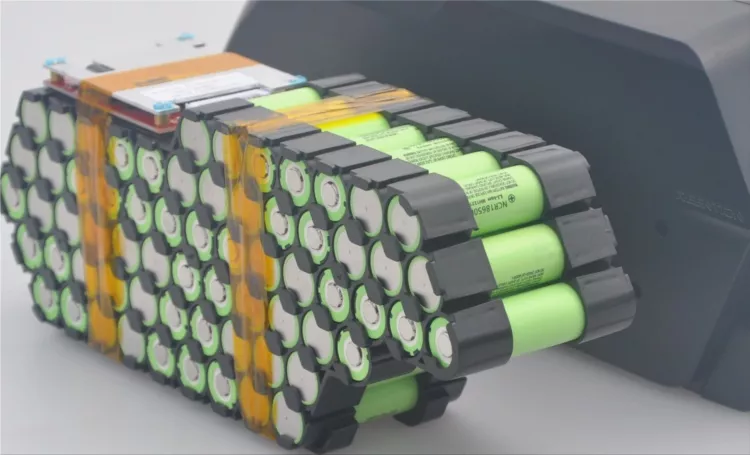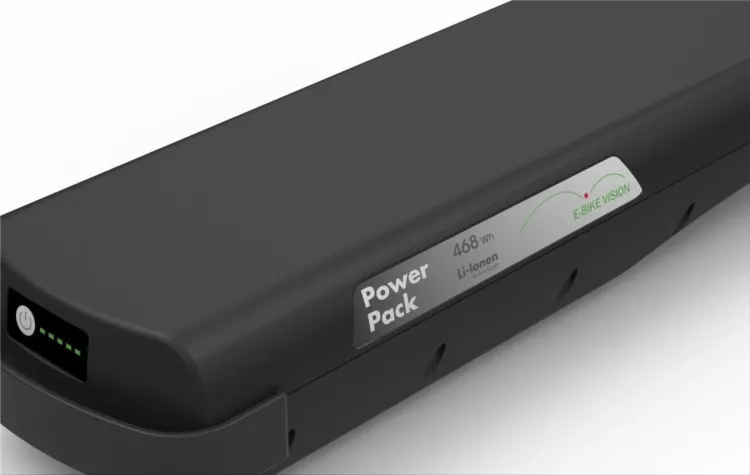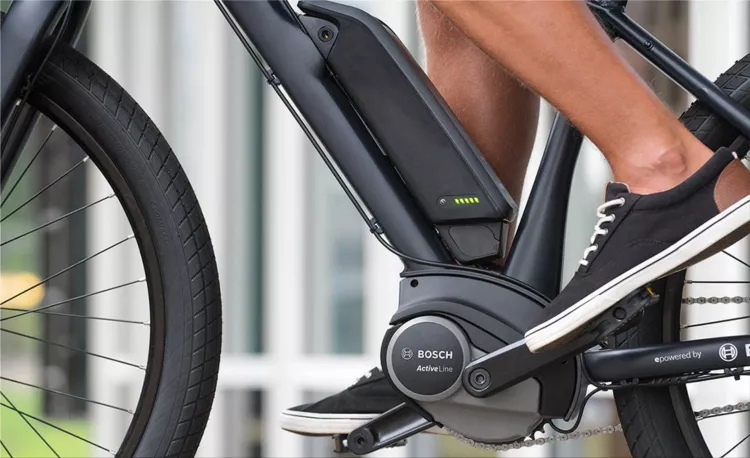The battery is the lifeblood of an electric bicycle. The cost can skyrocket if it turns out to be flawed. To get the most out of your e-bike battery and keep riding for longer, follow these easy guidelines for charging it. Find out what to do if your battery is defective and other helpful charging advice.
How to properly charge the battery in your electric bicycle?
When it comes to loading, the outside environment is crucial. The ideal room temperature in a dry climate is between 10 and 20 degrees Celsius. It would be best if you didn't leave the battery in the open, where it can get too hot.
Ensure the battery is kept dry and out of the rain.
The battery can be charged whenever it is low on power. The range of 20–80% for the optimal charge is commonly cited. To stay within the specified range, it is recommended to avoid complete charging and discharging and to charge more frequently. The battery doesn't need to be charged after every ride, but you should do so to keep it from dying entirely. The trip's length and your battery's strength are both factors. Many power supplies have a convenient LED charge indicator right on the screen so you can always keep track of your charge status. In the winter, for example, when temperatures are lower, deep discharge can occur over a longer time, which is harmful to the battery.
To add to that, you should never leave a charging battery unattended. No, you need not be physically present during the entire charging process. Instead, you should stay in proximity to the battery during charging and monitor the process periodically. The same is true in principle if you want to charge the battery while you sleep. If you can, disconnect the charger from the fully charged battery immediately. This safeguards the charging electronics from harm. Monitoring the procedure is also recommended so that adjustments can be made or manufacturer communication can be initiated in the event of an error.
If you decide to charge the battery overnight, you should place it on a fireproof surface and remove any flammable material nearby. Better safe than sorry. Some people who ride electric bikes set a timer to charge the battery for only a few hours at a time.
How to prolong the life of your battery?
Lithium-ion batteries can be charged and discharged repeatedly without any discernible performance degradation for hundreds or even thousands of cycles. It takes more than two years before the battery's capacity drops noticeably, even if you charge it daily. With good care, it can even last four to five years. The manufacturer claims that stopping the charging process at 80% complete, for example, will not harm the battery.
If you can't use the wind to cool your battery, like when your car is parked in the summer, you should protect it from the scorching sun. Find a shady spot during breaks, or take the battery with you. Taking the proper precautions to store your battery over the winter will also extend its useful life.
Use only the manufacturer-recommended power supply. Replace it directly from the maker if it breaks, or stick to name-brand products. Put cheap, generic power cords and adapters aside. This is the only way to ensure a safe, thorough charge for your battery, especially since you might risk your guarantee.
You can overcharge a battery, but that usually only happens with old, defective, or cheap, poor-quality batteries. In most cases, you shouldn't have to worry about overcharging your e-battery; the electric bike, as modern devices' charging electronics, also protects against overheating and short-circuiting.
Better range protects the battery.
The longer the battery lasts and the fewer times it needs charging, the greater the range must be. Make sure your tires are properly inflated. If you weigh more, you should pay attention to a correspondingly stable e-bike so that the components wear out less.
The lighter you are and the less luggage you carry, the less your engine has to work and the further you can get. The engine can be turned off entirely, or the eco mode employed. The energy savings are increased. Downhill driving is the best time to recoup energy, so turn on maximum recovery if it's an option.
The amount of time it takes to charge the battery on your e-bike will vary widely based on factors such as the current charge, the battery's capacity, the make and model of the bike, and the charger itself. From 2 hours up to 11 hours, it's all here. However, as a general rule of thumb, it can be assumed that a large battery requires somewhere between 6 and 8 hours to charge completely. Charging a smaller battery with a shorter range takes about three to five hours.
The associated fees also range widely. On average, half a kilowatt-hour (Wh) of electricity is needed to recharge a battery that can deliver 500 Wh per hour. Electricity costs 30 cents per kilowatt-hour, so each charge will cost about 15 cents. By doing the math, you can quickly determine how much it will cost you to charge the battery for your e-bike.
Should I get my e-bike battery fixed or replaced?
If your e-bike battery suddenly stops taking charge, the charger may be at fault, even if the battery itself is still in good condition. If you need a replacement power supply unit, your local bike shop is probably the best bet to get one. If the electricity source isn't the problem, then action is required. Consumers are expected to bring their used batteries back to a store specializing in such products. However, it would be best if you made an effort to fix it before giving up.
Frequently, all that needs to be done to restore an e-bike battery to peak performance is to swap out a few faulty or underperforming cells or cell packs. The electronic components, wiring, and housing of the bike battery are all still there. If only one cell in the battery is faulty, only that cell needs to be replaced.
Recharging a lithium-ion battery in practice requires more than just technical know-how. Likewise, you'll need the proper diagnostic and programming software. It's essential to understand your battery's different types of cells and where to put them. It is also necessary that the battery's casing is not broken when it is being fixed. To sum up, you shouldn't try to fix a battery yourself. There are specialized workshops for this purpose. When compared to the cost of a new battery, which can quickly reach 800 euros, a repair is almost always more cost-effective.
Citroen is one of the most innovative and iconic car brands in the world, with a history of producing vehicles that combine style, comfort, and technology. The Citroen e-C4 X is the latest example of this tradition, a fully electric… Continue reading
Cooltra has launched a new electric bike-sharing service in Barcelona, Spain. Bicycles can be rented by the minute via the eCooltra app. For the launch, the company offers a promotion of 5 euros discount for all trips. From this week,… Continue reading
Living more sustainably should be a focus for all of us in 2021, whether that means making adjustments in our everyday lives, consumption, or even our method of transportation. Our traditional fossil fuel modes of transportation must be replaced with greener… Continue reading
The aftermath of the Covid-19 epidemic is hitting the automotive industry hard. Added to supply problems, the containment measures adopted in many European countries, as well as the closing of concessions which halted all sales, prompted… Continue reading













